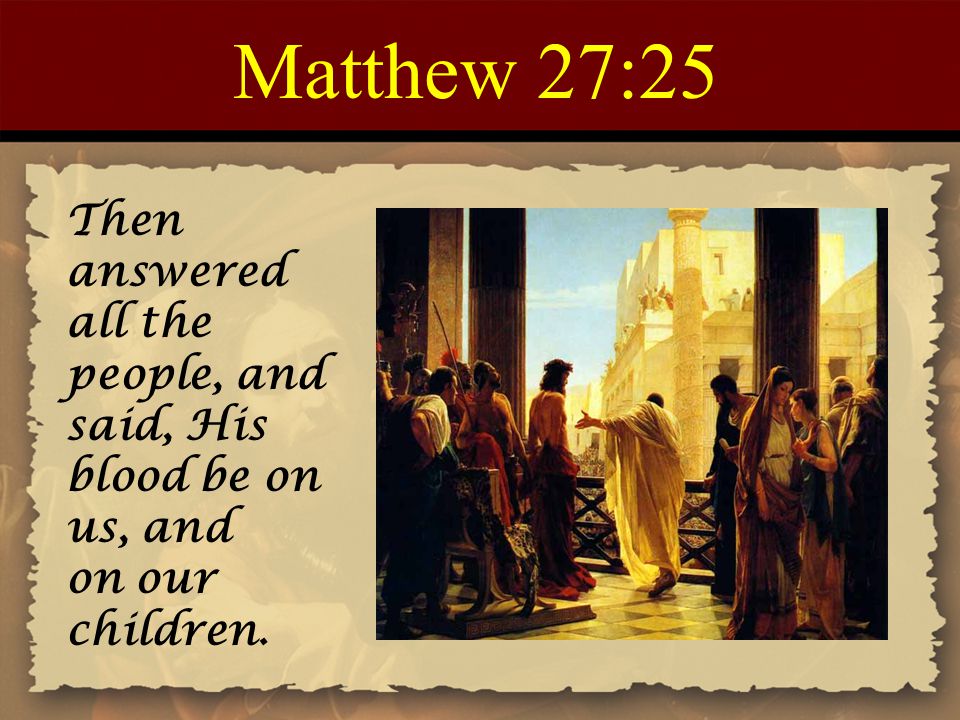JustAGuy1
Diamond Member
- Aug 18, 2019
- 16,858
- 14,798
- 2,290
Have you ever read the Bible cover to cover?
LOL, many times. EVERY TIME you deny a portion of Scripture because it doesn't fit your "educated" view you "rewrite" scripture. I get it though, the Word makes it clear that a non-Christian does not have the ability to interpret it correctly. When Jesus says the He is the Logos is He the Logos in all scripture or only the scripture you like?

